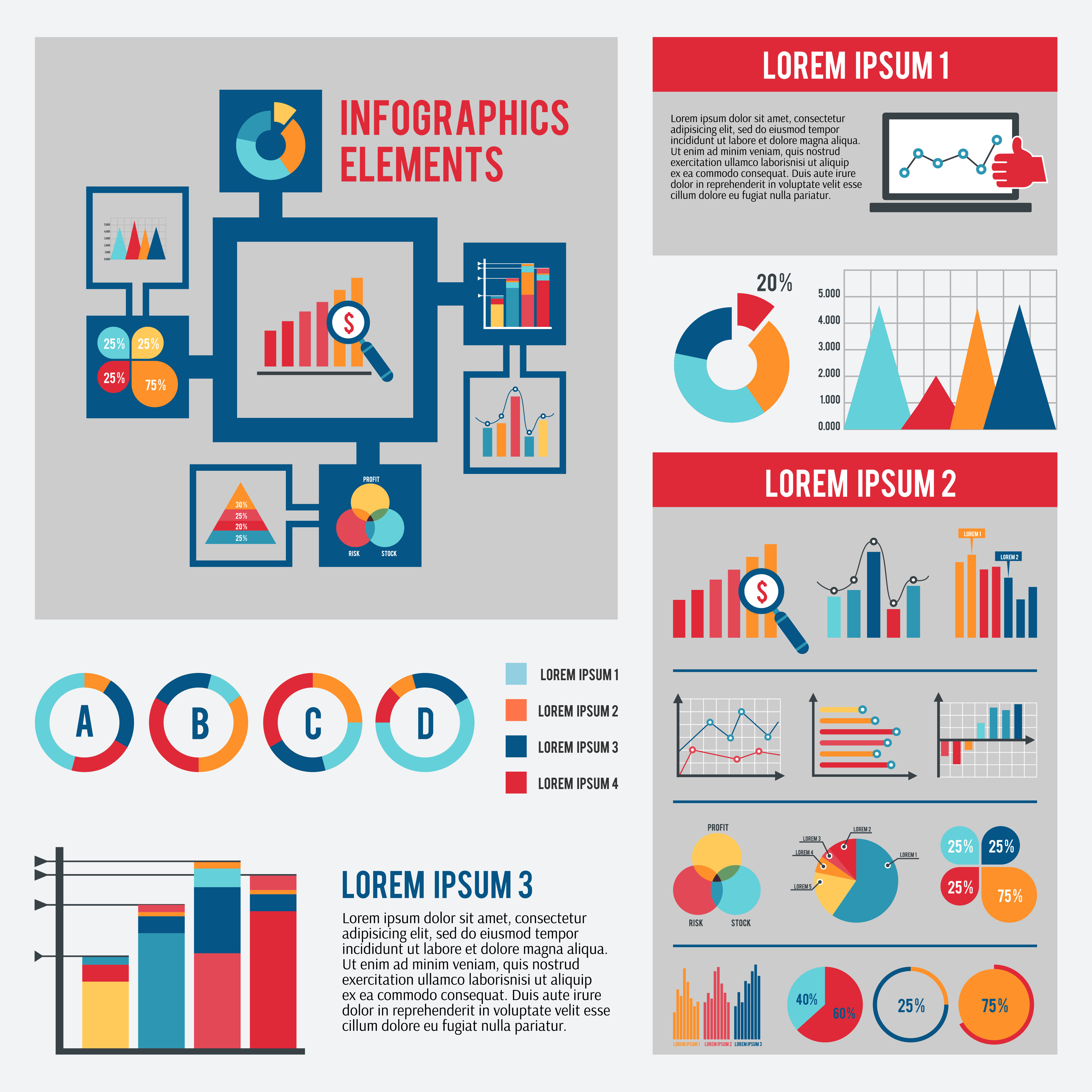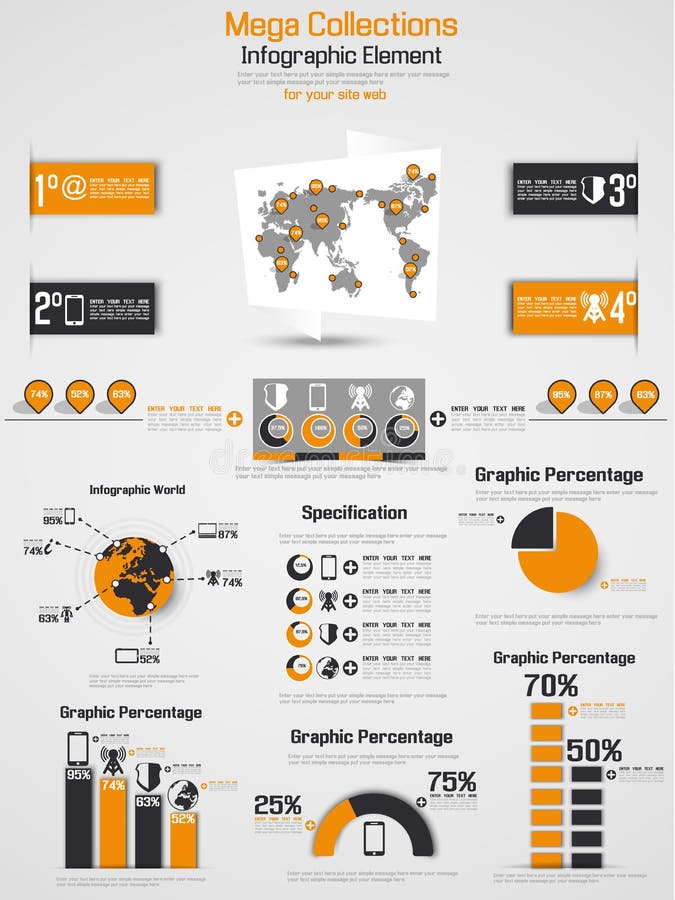
This Google graph shows the increased use of the word in print from the 1960s to present day. This page taken from the Catalog of Copyright Entries by the Library of Congress in 1963 might be earliest use of the word in print. The word is a blend of the words information and graphic first used in the 1960s. Where Does the Word Infographic Come From? In some cases, infographics can also be animated and interactive. Some people have even created their resumes as infographics to catch the attention of prospective employers.Ī distinguishing feature of a modern infographic is that it looks polished and well-designed.

Recently, the term has come to mean a specific type of visual that often contains a collection of different charts and graphs centered on a single topic or message such as habits of coffee drinkers in the US or trends in the auto industry. A map and a weather forecast are both types of infographics. In some ways, any chart or diagram could be labeled an infographic. On May 28, after weeks of negotiations, US President Joe Biden and Republican House Speaker Kevin McCarthy, reached a tentative deal to raise the debt ceiling for two years while capping some spending.Īfter calling for a recorded vote, the House of Representatives voted to advance the bill 314 – 117 in a late night sitting on Wednesday.Infographics are visual representations of data and information. Since then, the Treasury has implemented a number of measures to avoid failing to pay back its legal obligations, known as a default.Ī US default would likely push the country into a major recession, shake the world economy and lead to a spike in unemployment. On January 19, the US hit its borrowing limit of $31.4 trillion. The debt ceiling is the maximum amount of money the government can borrow. Greece has the second highest debt-to-GDP ratio at 197 percent, followed by Singapore (165 percent), Italy (135 percent), and the US (116 percent). Tokyo’s high debt-to-GDP ratio can be partly attributed to its ageing population and social welfare costs. Japan, the world’s third largest economy, has the highest debt-to-GDP ratio at 239 percent. Any value greater than 100 percent indicates a country is spending more than it is making.Īccording to IIF, global governmental debt-to-GDP stands at 95.5 percent. Which countries have enough money to pay back debts?Ĭountries with high levels of debt may offset their payments if their gross domestic product (GDP) – a measure of the total value of the goods and services a country produces – is higher than their national debt.Ī government’s debt-to-GDP ratio, which compares the size of a country’s debt with its economy, is one indicator of a government’s financial sustainability.

The chart below ranks government debt around the world.

To put that in context, the US owes as much money as the next four countries with the highest debt including China ($14 trillion), Japan ($10.2 trillion), France ($3.1 trillion) and Italy ($2.9 trillion).

Washington’s debt now stands at $31.4 trillion, raising further concerns about US government spending and borrowing costs. The United States has the world’s highest national debt with $30.1 trillion owed to creditors as of the first quarter of 2023. The IIF’s Global Debt Monitor covers 21 mature market economies including the eurozone as well as 30 emerging market countries. Government debt represents the outstanding financial liabilities of a country, made up of different categories such as loans and debt securities. The IIF predicts that global debt will continue to rise as government borrowing remains high, affected by factors such as ageing populations, geopolitical tensions, increased costs of healthcare and disparities in climate finance. Of the $305 trillion of debt, corporations account for $161.7 trillion (53 percent), governments owe $85.7 trillion (28 percent) and individuals comprise $57.6 trillion (19 percent). Global debt is the total amount of money owed by corporations, governments and individuals around the world. Global debt currently stands at $305 trillion, $45 trillion higher than before the COVID-19 pandemic, according to the Institute of International Finance (IIF) – a global association of the financial industry.


 0 kommentar(er)
0 kommentar(er)
